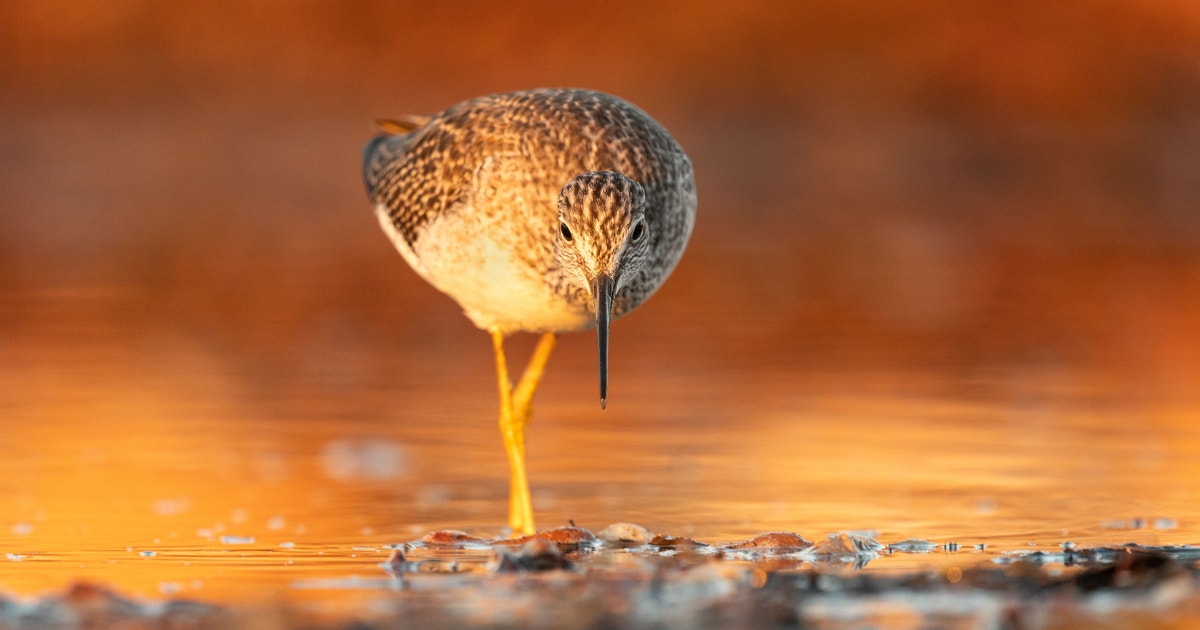To address the unprecedented decline of migratory birds across the Americas, conservation practitioners must decide where to focus their efforts to provide the greatest benefits. Colombia boasts the highest bird diversity on Earth, and habitats across the country are home to hundreds of migratory species. To provide conservationists with information to make these decisions, the National Audubon Society and partners have developed Alas Seguras (Safe Wings), a decision support system that helps users create custom maps of the important places for migratory birds and areas where investments in bird conservation can also benefit ecosystems and people.
The first phase of Alas Seguras has focused on Colombia. In partnership with BirdLife International, Calidris, Humboldt Institute, and NASA Goddard Space Flight Center, staff from across Audubon have created a tool that includes information on migratory birds, ecosystem types, forest structure, water availability, land use, and social and political boundaries that are relevant to bird conservation in Colombia. This tool helps provide specific information about the places that are important for migratory birds.
Specifically, the tool focuses on four types of conservation actions: bird-friendly agriculture, bird-friendly ranching, bird-friendly communities, and establishing and managing protected areas. Each of these conservation actions has its own module in the tool. Within each module, users can combine layers to find the most suitable places for a conservation action. Then, other areas of interest (such as National Parks, Important Bird Areas, Key Biodiversity Areas, or political boundaries) can be overlaid on the maps to provide more detailed information. With this tool, users can walk through a process of identifying broad-scale priority landscapes for migratory birds and then match this information with finer scale regional and local information to inform on-the-ground conservation actions.
The tool has already been applied to inform work by the Audubon Americas team. The team was recently approached by a partner who was interested in using carbon credits to support sustainable ranching activities. Using the tool, the Audubon Americas team assessed the potential conservation actions in areas suitable for carbon credits to contribute to migratory bird conservation. The information suggested several specific areas where these actions could benefit migratory birds, and the team was able to overlay other spatial information to help assess the feasibility of contacting landowners in these areas. Using this information, the team has decided to continue pursuing this opportunity to combine carbon credits, sustainable ranching, and bird conservation.
“Alas Seguras will help us develop innovative approaches to conservation and protect migratory birds that travel throughout the hemisphere,” explains Marci Eggers, vice president for conservation, Audubon Americas, “and looking forward, this effort in Colombia provides a model that we can scale up and apply to bird conservation across Latin America.”
Alas Seguras is funded by a grant through NASA’s Earth Science Applied Sciences, Ecological Conservation Program. This program works with end users to empower communities to use NASA data to address challenges in ecological conservation, water resources, health and air quality and other areas. The online tool is built using the Esri ArcGIS platform, leveraging Audubon’s migratory bird models alongside NASA earth observation data hosted in ArcGIS. Esri Business Partner, GreenInfo Network, led the product development, enabling the transformation of distributed datasets into a tool for data-driven decisions.
Excitingly, the roll out of Alas Seguras in Colombia is only the beginning. With additional support from NASA for the next four years, Audubon will expand this tool to other countries in Latin America and include detailed information about the projected impacts of climate change on resident and migratory birds. This information will be a critical component of Audubon’s work on regenerative agriculture, coastal resilience, and subnational protected areas that are designed to secure a better future for birds and people.

